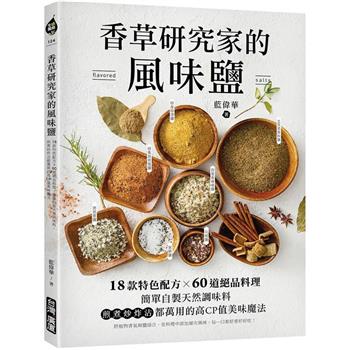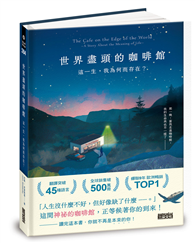This Special Issue critically reviews the history of global conservation and use efforts that have been undertaken over the past 70 years to curb genetic erosion of our crop plant gene pools for the benefit of humankind. With the worldwide establishment of genebanks to conserve the threatened genetic resources for the long term, the establishment of a legal framework since the early 1990s, and the increasing reluctance of individual countries to readily share genetic resources, the need for global coordination, standard-setting, and sharing of responsibilities became obvious. As a result, the Food and Agricultural Organization of the United Nations (FAO) evolved, coordinated, and facilitated a somewhat spontaneous development of a global conservation and use system. The present system has its strengths but also its significant shortcomings and problems. Against this backdrop, the Guest Editors conceived this SI and invited well-known conservation and use arena stakeholders to contribute. As a result, a very interesting and relevant assemblage of views, opinions, experiences, conclusions, and recommendations concerning the global conservation and use system is presented in this reprint of the individual contributions to the SI. The Guest Editors are convinced that these results provide essential elements for consideration in the ongoing discussions regarding revising the current global system. The revisions concern the Convention for Biological Diversity, including its Nagoya Protocol and the International Treaty for Plant Genetic Resources.












